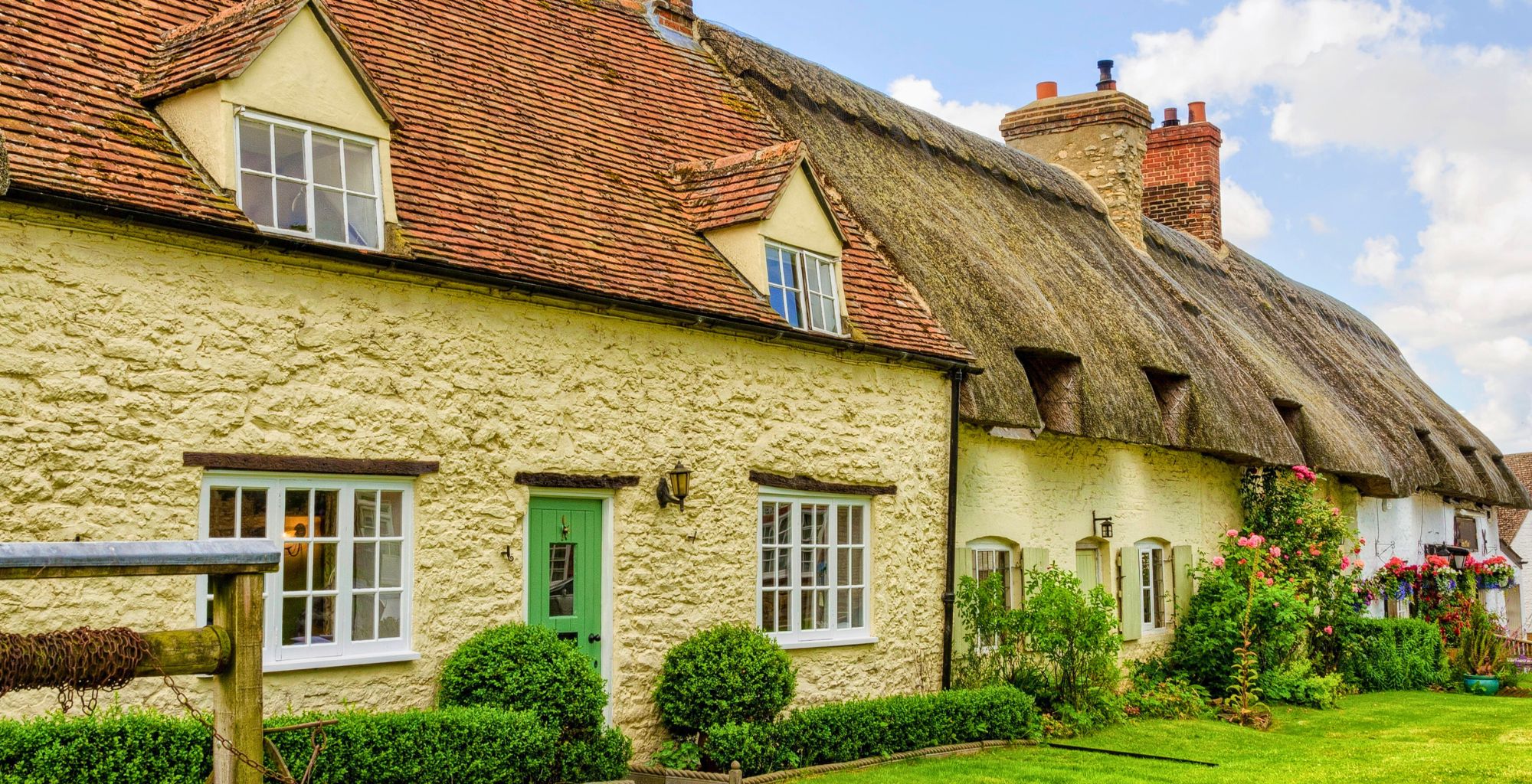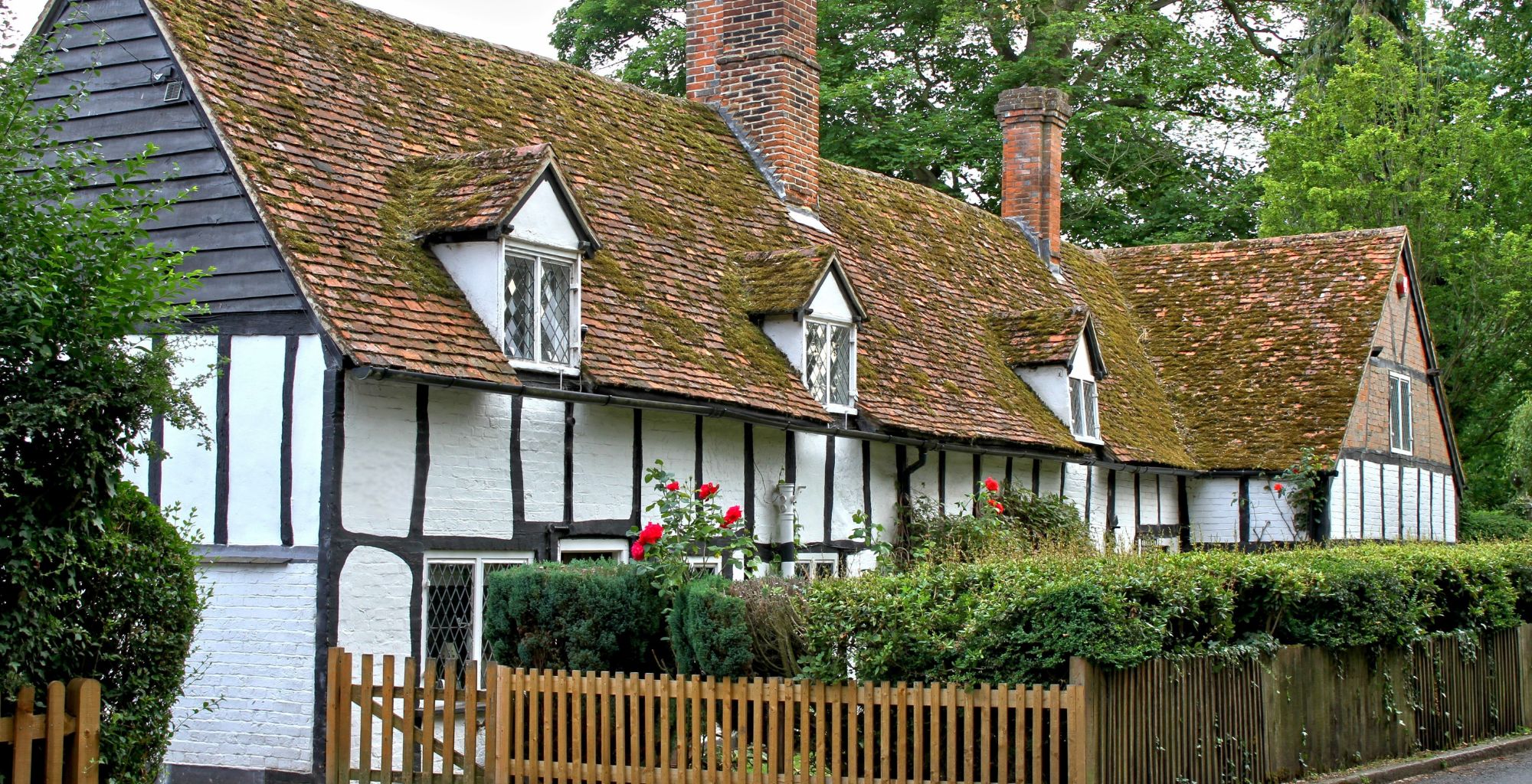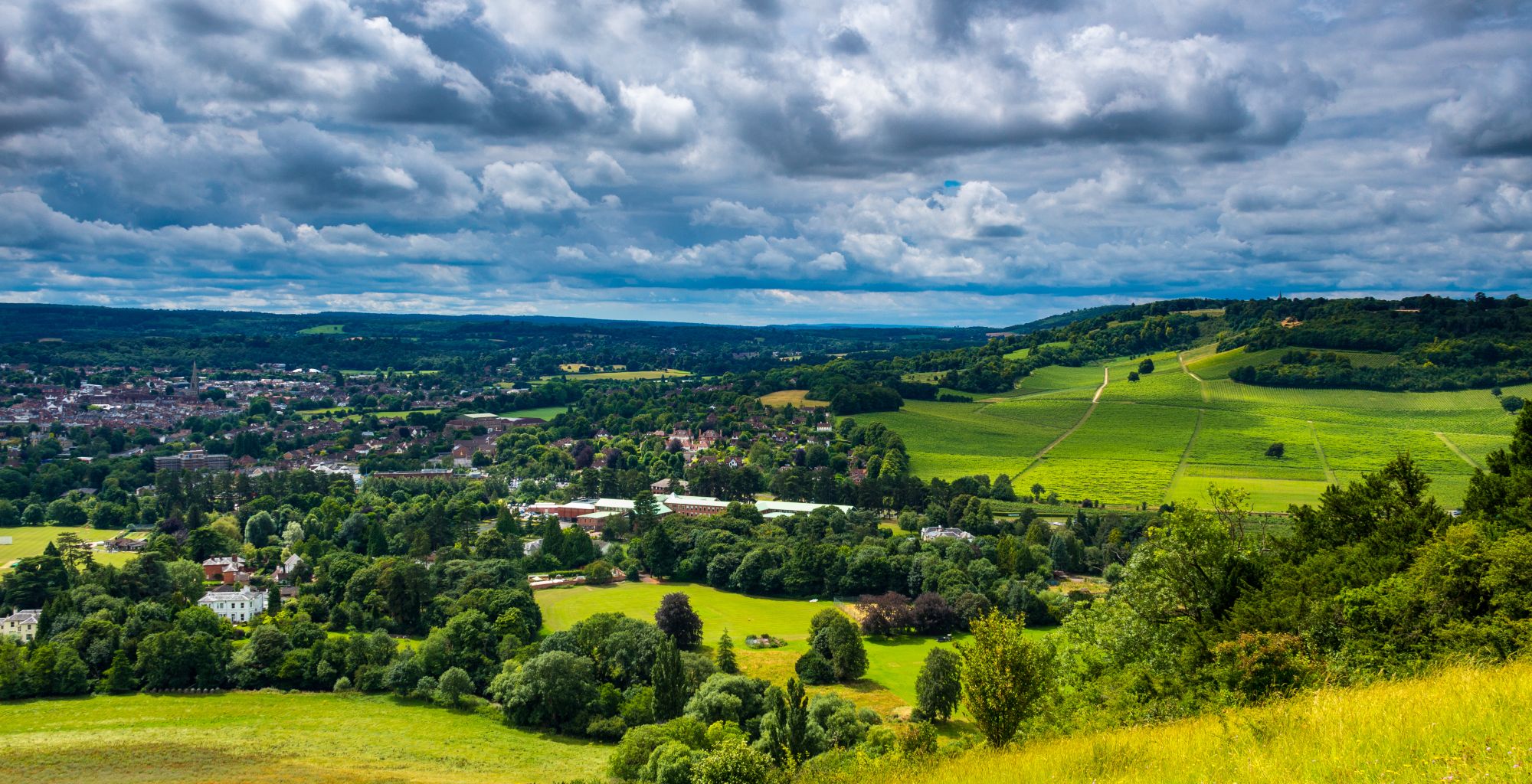Are you looking for the best places to live in Oxfordshire to focus your property search? From bustling market...
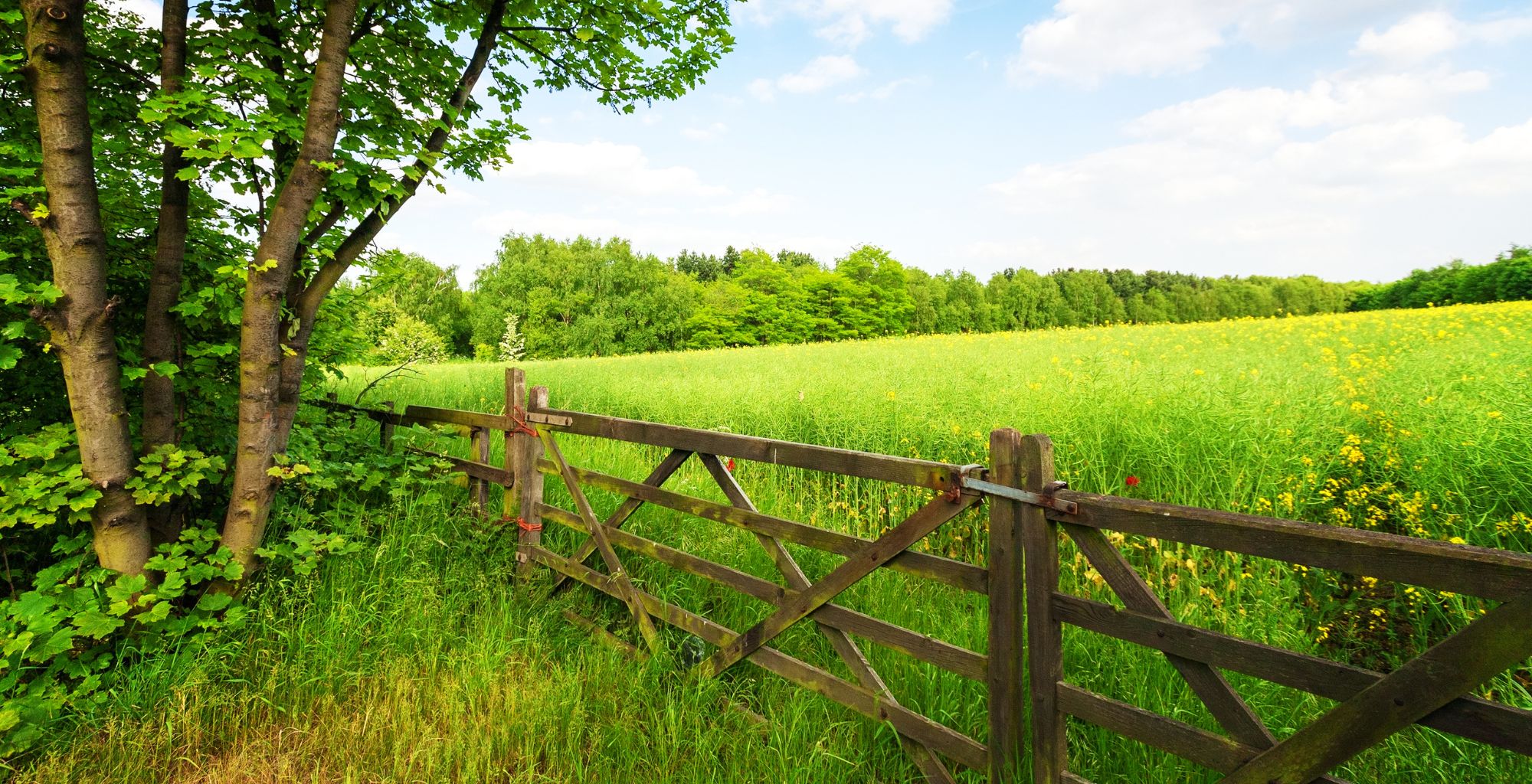
Buying land in the UK: How to find a building plot
Buying land in the UK is an exciting opportunity for those looking to self-build, enabling individuals to find a plot of land in an ideal location and create a bespoke home.
However, securing the right piece of land is not always as straightforward as purchasing a property through traditional methods.
What is a plot of land?
A plot of land or building plot refers to a defined area within a parcel of land. Sales details usually include a plan showing the plot’s boundaries and the exact area for sale.
The terminology used in land sales can often be more complex than that used in residential property listings.
Engaging the services of a property finder can provide invaluable assistance in identifying and securing a plot that meets your requirements.

There are two primary types of land available to purchase in the UK – brownfield and greenfield. Greenfield land will be totally undeveloped land, such as fields or meadows, whereas brownfield is land that has previously been developed or had buildings on it.
It is possible to build on either type of land but it’s typically easier to get planning permission to build on a brownfield site.
What can you build on the land?
Land classifications dictate what can and cannot be built. Key factors include:
- Green Belt, AONB (Area of Outstanding Natural Beauty), and Conservation Areas – These come with strict building restrictions.
- Agricultural land vs residential land – Some land is designated for farming and cannot be built on without special permission.
- Permitted development rights – Some projects may not require full planning permission.
Choosing the right location
When considering where to buy land, the following factors can influence the desirability and potential return on investment:
- Rural vs urban locations: Rural land is often more affordable, while urban land can be scarce and command a premium.
- Popular self-build regions: Areas such as Devon, Cornwall, the Lake District, and Scotland are attractive for those seeking scenic plots.
- Investment potential: Locations where land values are rising, such as commuter belts and up-and-coming areas.
Cost factors for buying land in the UK
The cost of buying land in the UK varies significantly depending on multiple factors. In addition to location, considerations include:
- Planning permission: Land with approved planning is more expensive than land without it.
- Infrastructure: Proximity to roads, utilities, and amenities influences price.
- Hidden costs: Buyers should factor in legal fees, surveys, and potential development levies.
Planning permission
If you intend to build on the land, obtaining planning permission is essential. Some plots are sold with planning permission already in place, but these often attract a premium. If modifications to existing plans are required, further approval must be obtained from the local planning authority.
Be aware that some land may have only outline planning permission, meaning final details still need approval.
Additionally, restrictive covenants or legal conditions—sometimes imposed by sellers retaining neighbouring land—can limit what can be built.
For those considering buying land in the UK without planning permission, it is crucial to assess the time, cost, and risk involved in securing approval. Consulting with a planning specialist can help evaluate the feasibility of obtaining permission for your intended development.

Common pitfalls when buying land in the UK
Avoiding costly mistakes requires thorough due diligence. Below are some of the key pitfalls buyers should be aware of:
Access issues
Buyers must be wary of ransom strips, which are small pieces of land that separate a plot from a public highway. These are often retained by previous owners, who may demand a significant fee to grant access rights.
Ensuring unrestricted access is a critical legal check before purchasing any plot of land.
Even if a ransom strip is not present, other access challenges can arise. Some plots lack a legal right of way, meaning that permission from neighbouring landowners is required to create a driveway or road access. Without this, buyers may struggle to develop the land as intended.
Hidden infrastructure costs
Purchasing land often comes with additional infrastructure expenses, such as installing essential services like roads, drainage, water supply, electricity, and internet connectivity. Depending on the location, these costs can be substantial and should be factored into the overall budget.
Planning rejection risks
Not all plots will be approved for development. Some areas have a history of planning permission rejections due to local authority policies, environmental restrictions, or neighbour objections.
Buyers should review previous planning applications for the site and consult planning experts before purchasing land without approval.
Environmental considerations
Planning applications often require an environmental assessment, particularly in areas of ecological significance. The responsibility to check for protected species or habitats lies with the applicant, and failure to do so can result in planning permission being denied.
Government resources, including interactive maps and guidance, can assist in determining whether environmental restrictions apply to a particular site.

Land surveys
Commissioning a land survey is highly advisable when purchasing a plot. A chartered surveyor can confirm:
- The exact legal boundaries of the land.
- Whether any rights of way, power lines, or underground utilities exist.
- Potential flood risks and other environmental concerns.
Even if the land appears to have clear boundary markers such as fences or walls, these may not align with legal boundaries. Discrepancies can lead to costly disputes if not addressed at the outset.

The process of buying land in the UK
Engaging the services of a conveyancing solicitor who is specifically experienced in the process of buying land in the UK is advisable.
Your solicitor should carry out a number of checks; local authority searches, including water and drainage searches, which would uncover issues such as a public sewer being located under the land you hope to build upon. They’ll also conduct environmental searches which would uncover any issues such as land contamination.
The exact searches required for the plot of land you are buying will be specific to the type of land and the local area, which is why it is advisable to engage with a conveyancing solicitor who is experienced in assisting with the purchase of land, and if possible, one who knows the area.
The same is true of all professionals you consider working with during the process of finding and buying land – those who are experienced and have excellent local knowledge will be invaluable in ensuring your search and purchase are as smooth as possible.
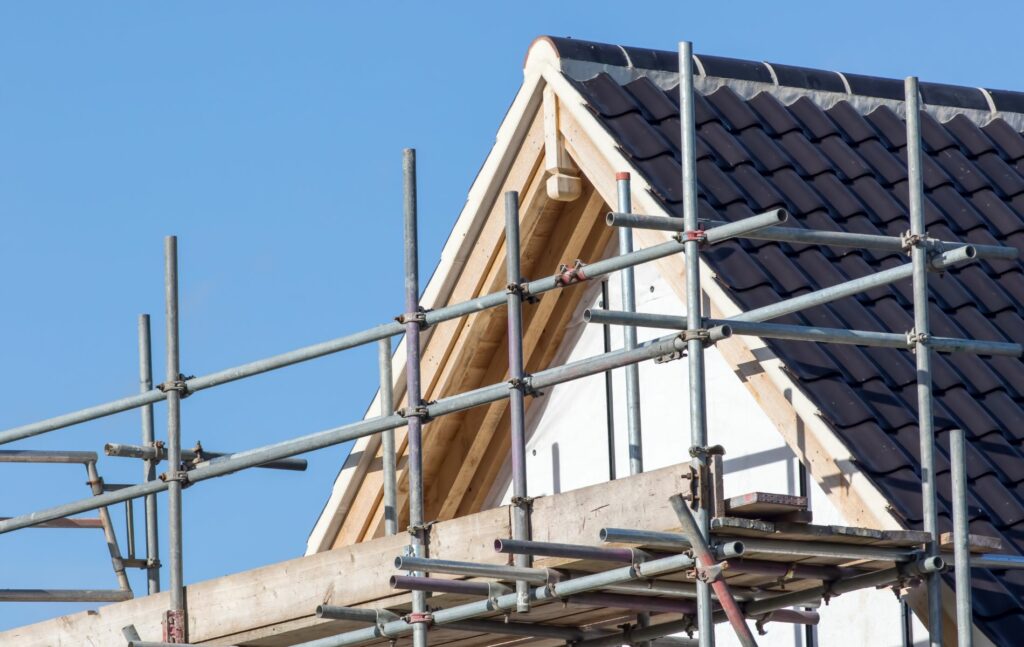
How to Find a Building Plot
Self-building is a complex but rewarding process. The first challenge is finding a suitable plot, as land sales are not always widely advertised.
At Garrington Property Finders, we specialise in sourcing land opportunities tailored to individual requirements. With access to off-market listings and expert knowledge of local planning considerations, we assist buyers in securing the best possible sites for their projects.
If you are considering buying land in the UK, please contact us without obligation to discuss your land acquisition plans and learn more about our bespoke property-finding services.




